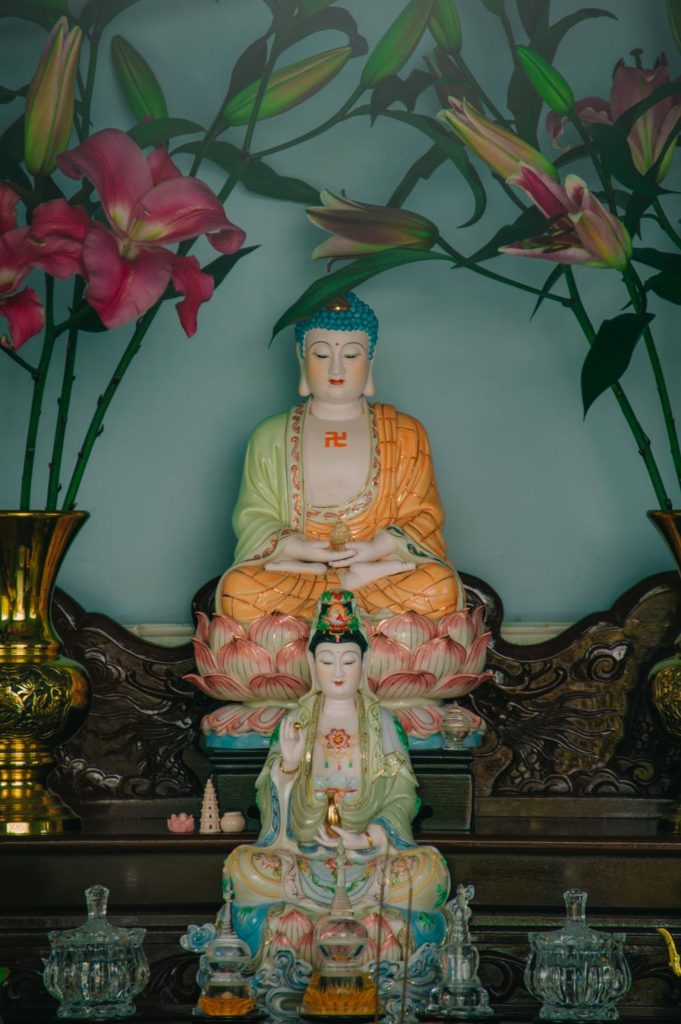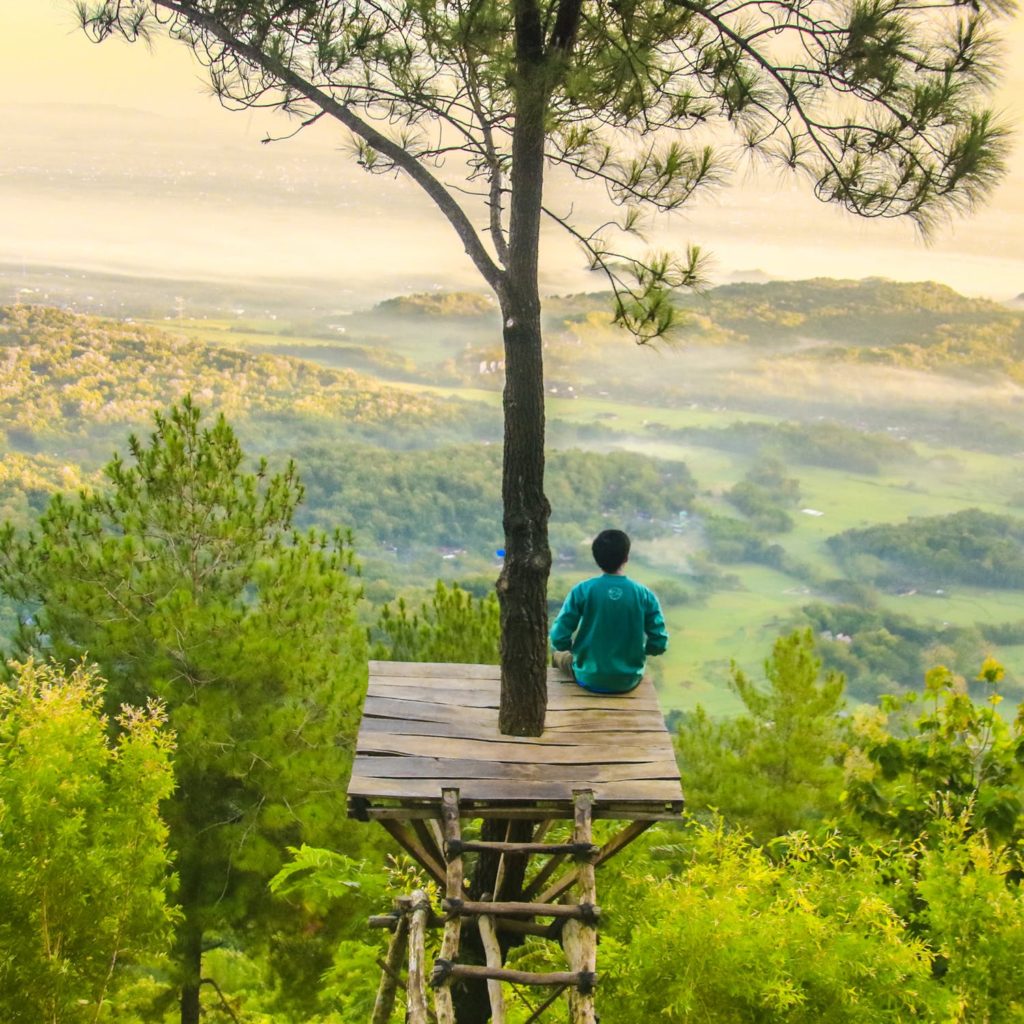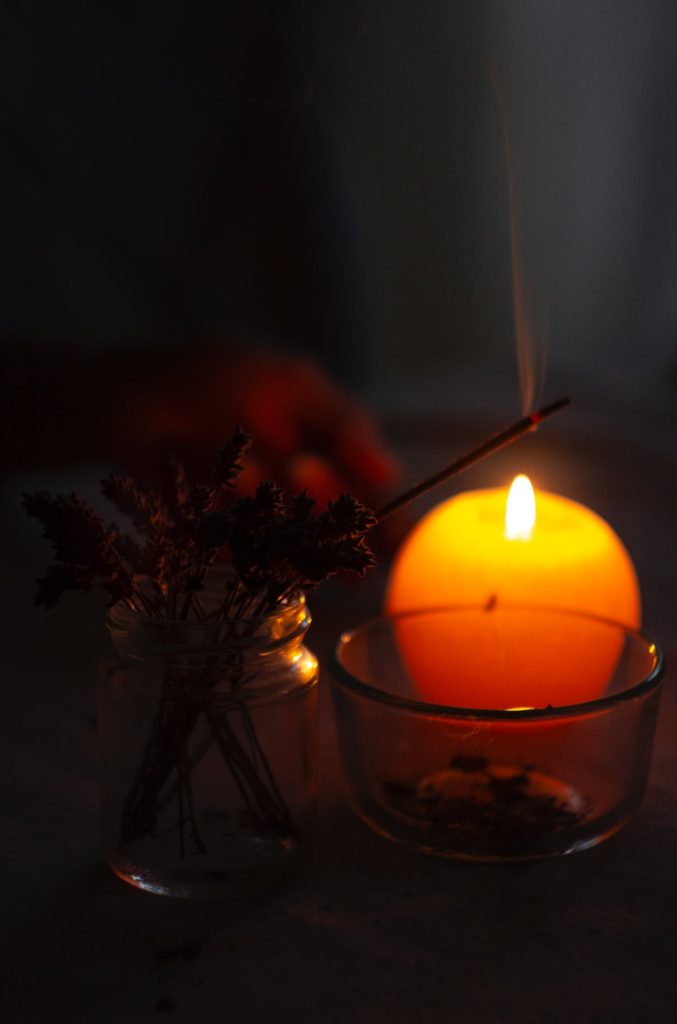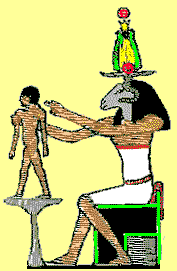Who? What? Where? Why? When? & How?
WHO? is easy…. it’s YOU! There. Step 1 complete.

WHAT? is meditation, of course; but this is not so easy because even the word “meditation” means different things to different people. Definitions include:
Merriam Webster:
- to engage in contemplation or reflection
- to engage in mental exercise (such as concentration on one’s breathing or repetition of a mantra) for the purpose of reaching a heightened level of spiritual awareness.
“Scholars have found meditation difficult to define, as practices vary both between traditions and within them.”
The list and variations could go on and on, but this only complicates the issue. We shall return to this in the HOW section.
WHERE? is also easy. Wherever you are. You could be sitting, standing, lying down. All you need is your presence. How to get to “presence” is where the “what” and “how” both come in. What meditation practice will you choose? How does one best meditate? Again, hold on… we’ll get to that.

Find someplace soothing, even if it’s only in your imagination.
WHEN? has a cute answer, which is, of course, NOW. The real answer is whenever you can. But practically speaking, it’s a good idea to build it into your schedule at a regular time—a time of day or even time of week —) if once a week is all you can manage) when you aren’t crazy busy, or when you aren’t most stressed. We each have natural rhythms. Find yours.
WHY? The health benefits of meditation and meditative techniques are evidence based and well documented. They include:
- Reduced Stress, Anxiety, Depression, Addictive Behaviors
- Greater Self-Awareness
- Improved Physical, Mental and Emotional Health
- Memory Improvement
- Improved Sleep
- Pain Management
- Improved brain function (more gray matter)
- Reduced blood pressure
- Increased Focus and Attention Span
The list could go on and on to include productivity, creativity, prevention of disease, etc. etc. So, assuming you are already convinced that meditation is worthwhile, let’s get on with the HOW.
HOW? Here are some suggestions until you figure out what’s easiest and best for you. Lots of people, as discussed in last month’s blog, have a hard time turning off their thoughts. So what’s a person to do?
Make it up if you have to. That’s what I do. Don’t think there’s a “right way” to do it. Be easy on yourself. Practice self-kindness. Take it slowly—a few minutes a day; and if you can’t manage every day, that’s OK too. Just start. Take tiny baby steps. You can time yourself of not. This is your meditation. I usually do my “meditating” sitting down. I tell myself that the everyday, temporal me has done all the thinking necessary for one day.
Then I wait for the “bigger” me, the one that lives in my sub-conscious or super-conscious or perhaps permeates the cosmos, that connected-to-all-that-is-Self to take over. In other words, I “let go and let God.”
I get really, really quiet and show up to whatever state that follows.

I push a mental button to switch off my everyday, taking-care-of-business thoughts
Sometimes I start by consciously breathing deeply, with long inhale, a short holding of the in-breath, long exhale, and then short holding of the out-breath. Sometimes I hum or tone. There is some evidence that toning is even more effective than meditating.
You can try a scanning technique. Close your eyes and look into your body. Find the tense places and imagine that you are soothing, massaging them. Imagine your body as filled with warm sand, or bright light, or beautiful waves of water. You may prefer to breathe naturally. An infant knows how to breathe without effort. Follow your breathing. Breathe in your favorite incense or diffuse essential oil. Listen to meditative music. Doodle if you are restless and must keep busy. The possibilities for relaxing are endless. You need to relax first so you can enter the meditative state.

Choose your favorite incense. Or gaze at a candle.
Use biofeedback equipment if you must.
Read books, watch videos, or listen to podcasts about different kinds of meditation and try out one that attracts you. This is not unlike trying on new shoes. If it’s comfortable continue. If not, try something else.
Use basic “mindfulness”. Take one step back from your thoughts and just watch them as if they are clouds floating by. If you get “caught” into a thought, as soon as you realize this, go back to a distance from it. IF you catch yourself completely drifting away, call yourself back to the present moment.
Walking meditation. With each step, breathe. You might want to think, “Here I am now.” Every now and then stand still for a moment. Open your senses to the colors, sounds, movement of the air, the clouds, aromas. Take another step. “Here I am now.”
Some people need a mantra. You don’t need someone to create one for you. Create your own. Make is simple. For years I have repeated to myself, “Thank you.” – or “Thank you God.” To keep myself awake, I sometimes count my mantra, “Thank you 1, thank you 2, thank you 3…..”
You could sit with palms open. Imagine that one hand is giving up to the cosmos all that you have experienced, much as a fragrant flower gives its aroma to its surroundings, without effort. With the other hand, receive all that the cosmos has to offer, just as the flower receives the air, the wind, the rain and the sun.
Be present – a present – to yourself. Enjoy the silence of being just you. If you find something new that works really well, please share that with my readers.
BLESSINGS.
Gratitude to pexels.com for royalty free photos.


